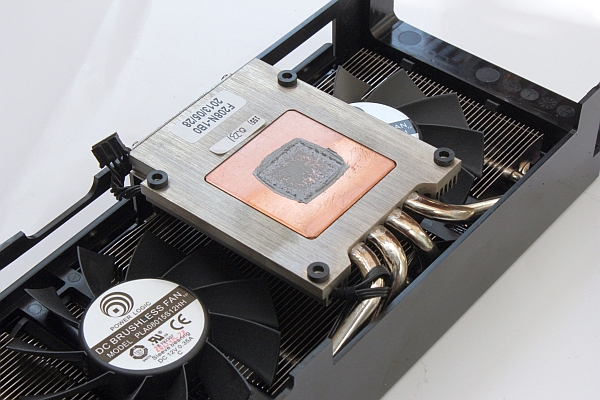Index
The reference GTX 760 cooler is very similar to the stock cooler used on GTX 660 and GTX 670 cards. Gainward on the other hands chose to equip its top GTX 760 with the Phantom cooler which is pretty good, as it doesn’t compromise on noise over performance. However, it is also pretty big and takes up three slots.
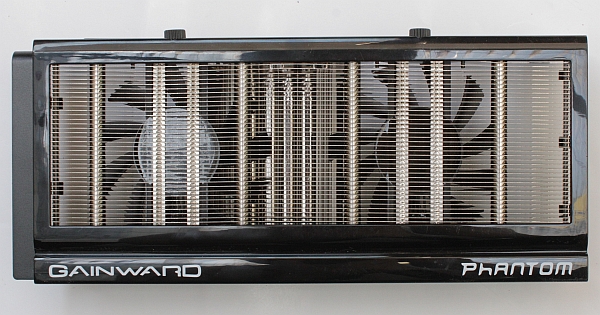

Gainward claims the Phantom cooler is about 6.5dB quieter than reference board under full load, despite the fact that it is factory overclocked. In addition, the card should be up to 16 degrees Celsius cooler than the reference card. We’ll put these claims to the test later in the review.
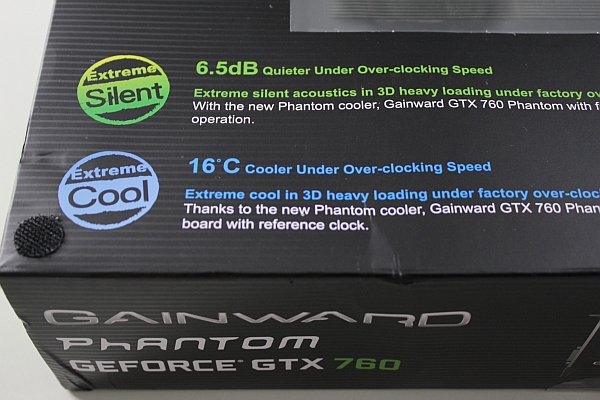
The fans can be easily removed much like hard drives from a hot swap drive bay. You just need to undo a single screw and yank the fan out, no hassle.
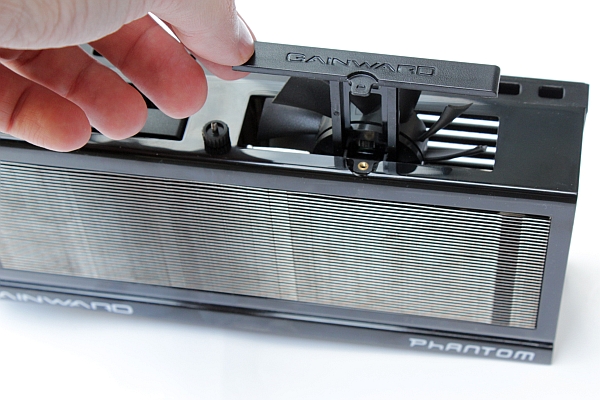
The trick is in the integrated power connector inside the bay. You can’t fit the fan upside down as it uses a set of rails to guide it down to the connector for a perfect fit. Two fans and a ton of fins attract a lot of dust, hence we really like this approach, as it makes cleaning the cooler much easier. If you decide to take off a fan from most cards, it will void the warranty. On the Phantom it won’t, and it makes maintenance much easier.
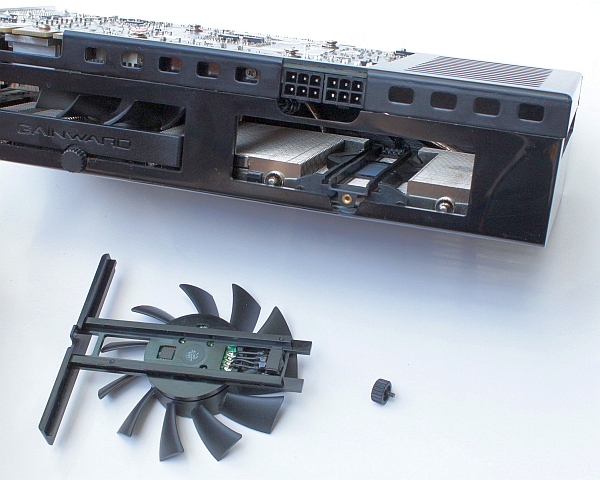
Gainward uses Power Logic PLA8015S12HH fans with a maximum RPM of about 3,500. The same Power Logic fan was used in the GTX 780/770/680/670/660 Phantom and GTX 580 Phantom cards. Both fans share the same 4-pin power connector. Setting the RPM manually is a breeze using Gainward’s ExperTool or any other popular utility like MSI Afterburner or PrecisionX.
In our experience, the loudness of Power Logic fans depends on the efficiency of the heatsink. A well designed heatsink makes their life easier, and the decision to use two fans should result in more airflow at lower RPMs. Aside from the GPU, the fans are in charge of cooling hot components on the PCB too..
Removing the whole cooler from the card is a breeze and it can be done by removing four spring-loaded screws from the card’s back side, but this will void the warranty.
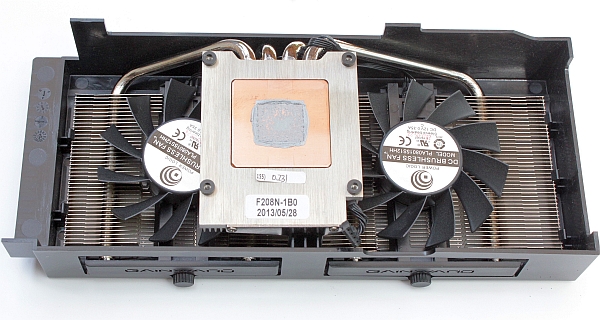
New Phantom cooler employs a four-heatpipe system to transfer heat between the cooler base and the heatsink. The 6mm heatpipes are curved a bit better than in previous Phantom coolers, so they don’t protrude from the cooler at any point. The welds between heatpipes and aluminum fins are accurate and look like they’ve been done very well indeed.
